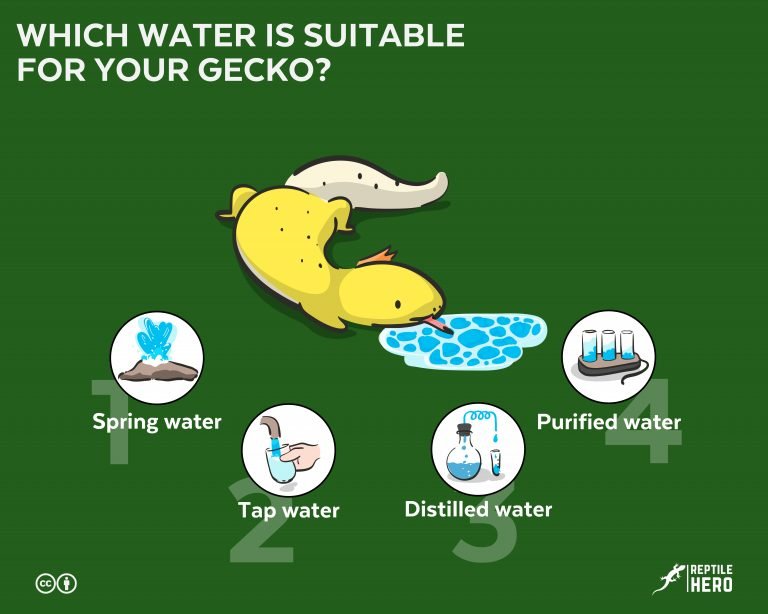What Do Baby Lizards Eat?
It can be a little scary trying to take care of baby lizards for the first time. You may just have recently bought new ones from a breeder, found eggs in your current pet’s tank, or simply decided to adopt one that lost its way within your home- regardless, you may be looking at this tiny little guy right now, worrying about not being able to feed it properly.
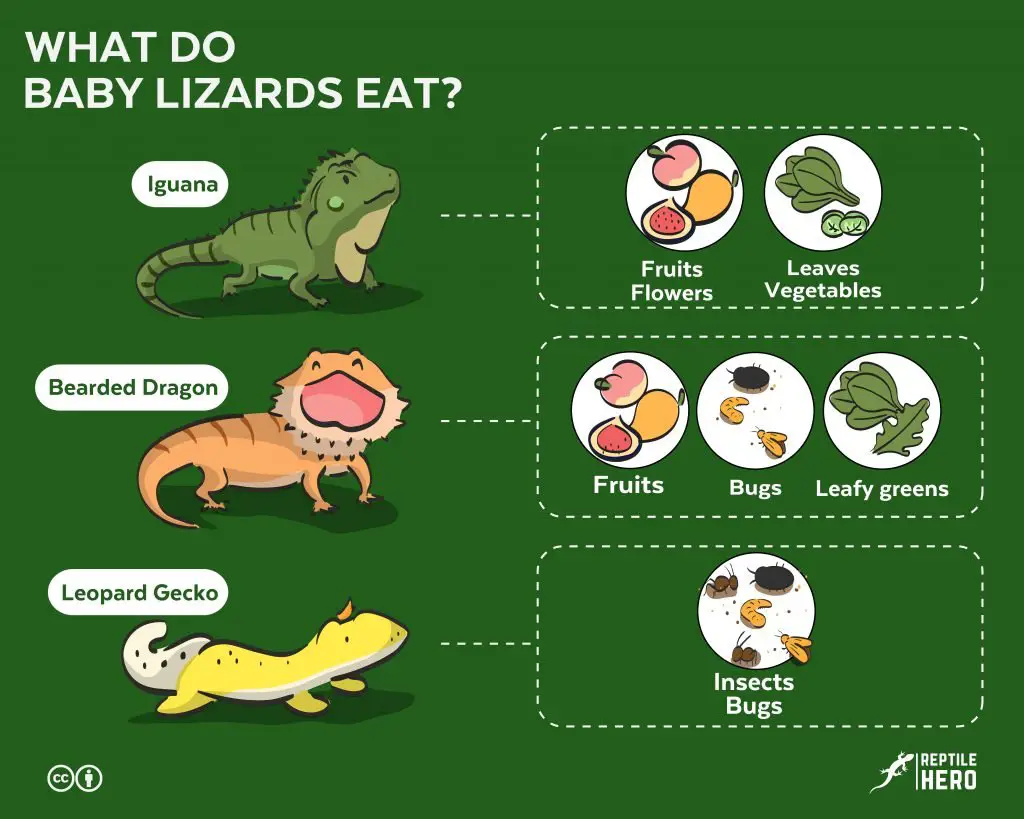
Baby lizards share the same diet that their parents of fruits or/and insects depending on the type. Depending on the species they belong to, the size of each serving, the frequency of feeding, and the other factors that will help baby lizards digest food properly might vary.
We are going to tackle all of this below.
The Dos And Don’ts Of Feeding Baby Lizards
Unlike mammals, young lizards don’t need to be nurtured with milk or be cared for by their mothers. They survive well on their own and are born with the same diet that their parents follow.
Because of this, the first step you can do is identify what kind of lizard you have and whether they are herbivores, insectivores, or omnivores. I will have another article discussing the specific diet and nutritional requirement for each of these types, but here is a quick summary that can help you choose the first meal for your baby lizard:
- Some lizards, like iguanas, are known herbivores. This means that they feed on leaves, vegetables, fruits, and flowers, with no meat needed in their diet.
- Leopard geckos and common household lizards, however, are carnivorous– insectivores, to be specific. Because of this, the staple food for them are bugs such as mealworms, waxworms, crickets, dubia roaches, and for common household lizards, they have been observed to prefer flies, mosquitoes, and Lepidoptera.
- The bearded dragon is an omnivore and needs a regular feeding of both insects and plants, their diet usually consisting of bugs, leafy greens, and fruit.
It would also help to ask the breeder or the store from which you bought the baby lizard about what is eaten by the parent lizards, but overall, there is no need to worry about feeding the baby lizard the same type of food.
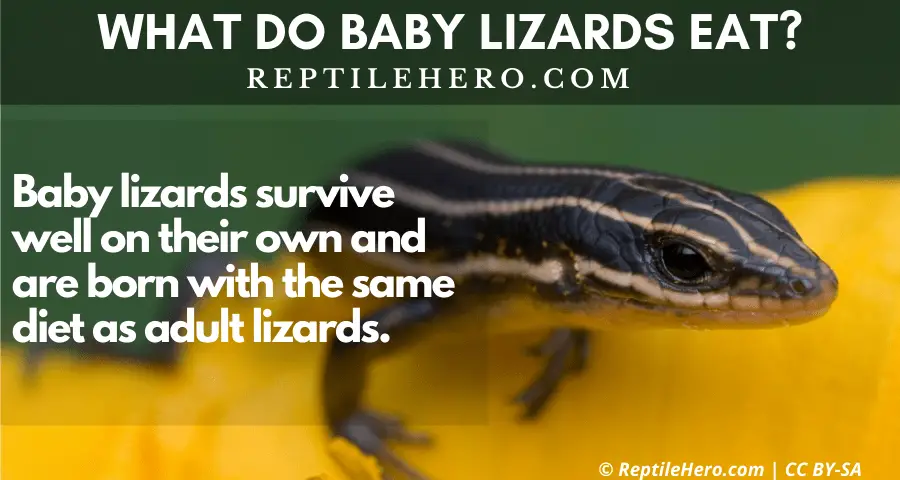
What would be different, however, is that lizards need to be fed based more on their size instead of their age. As a general rule, baby lizards should only be fed food that is no bigger than the space between their eyes. Anything larger than this space, or worse larger than their head, will be too hard for the baby to digest. This means that while they can eat what adult lizards usually eat, you would need to prepare to serve in smaller sizes that your baby lizard can chew on. The frequency will also vary from each lizard species, but in general baby lizards would eat more frequently than adults as they are still growing.
Vegetables and fruits can be chopped or even blended into a paste to help baby lizards better digest them while also getting the same nutrients that they need to grow well. It is important to avoid or remove the following as they may be toxic or provide little nutritional value:
- Apple seeds
- Iceberg lettuce
- Rinds, core, and tops
In some cases like the bearded dragon, they may also be offered soft purees such as butternut squash, sweet potato, canned pumpkin, or applesauce as these are easy for them to swallow and digest.
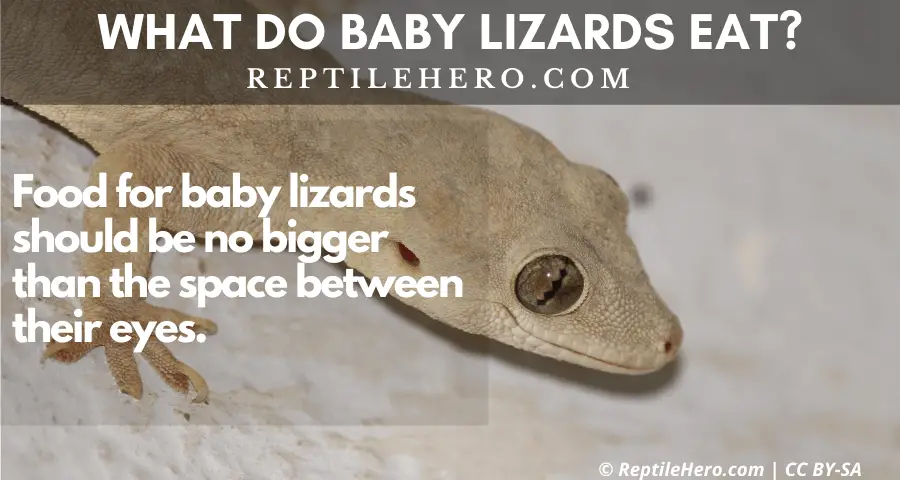
As for insects, it is usually advised to feed baby lizards small crickets, waxworms, or any soft bug that fits the space between their eyes. This is important especially since baby lizards would need a high-protein diet as they are developing, with omnivorous lizards gradually adding more plant-based food as they grow.
It is possible to feed your baby lizard small mealworms, but given the hard exoskeleton on these bugs, mealworms may be better fed to bigger lizards, especially when they finally reach their juvenile stage. These feeders can usually be bought in main pet stores as well as bred on your own.
It is also very important to dust these feeders with vitamins, minerals, and supplements before feeding them to your baby lizard, especially calcium. One example on how this is done is shown in this video:
Feeders can also be gut-loaded, meaning they are fed with food with high amounts of nutrients which your baby lizard can then absorb once they eat these feeders. Here is a good video on how this is done:
Baby lizards eating something larger than it can may lead to problems such as choking, vomiting, or impaction. It is best to take them to a nearby vet or team that specializes in reptile care, but some simple things you can also try are the following:
- With choking lizards, it can be possible to open their mouth and gently pull out what they are choking on. You may also give them a small drop of water or olive oil to help them push down the food. For omnivores like bearded dragons, it may also help to give them some baby food to make it easier for them to swallow and digest food.
- As for vomiting, it is usually not a cause for concern if it only happens once. Usually, lizards would vomit or spit out food that they cannot digest, especially when they are overfed already. Adjusting the amount of food they are given per feeding or switching to a different kind of food that your baby lizard takes a higher liking to will usually help stop this from happening. Helping them relax and checking their husbandry can also help make your baby lizard feel better.
- Impaction happens when the baby lizard’s digestive tract is blocked by the food and would usually prevent them from passing bowel movements. Before your appointment with the vet, it can help to give your baby lizard a warm bath and to give it massages especially on its stomach and cloaca. Here is a good video of these techniques done on an impacted bearded dragon:
With this, it is very important to keep their servings small, and while they would need to eat frequently, you must still observe them during feedings and make sure that they are not eating too much.
More Tips On Feeding Baby Lizards
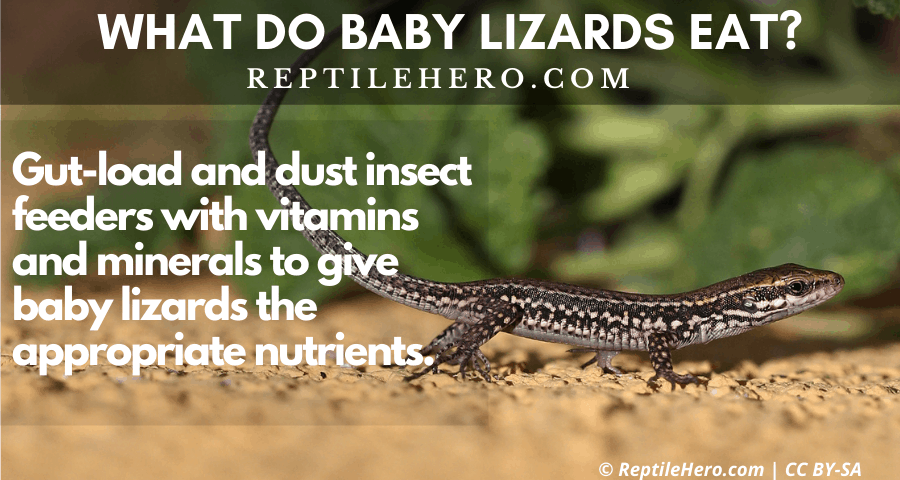
When deciding on what to feed to your baby lizard in the long run, make sure to add variety to their diet instead of just sticking to one specific type of food. Like humans, lizards would need to get different kinds of nutrients and that would be difficult to achieve if they become dependent on just one kind of food.
Aside from variety, also consider that the husbandry in which you allow your baby lizard to stay will highly affect their ability to digest their food. Make sure that their tank or tub follows the proper temperature and humidity specific for your lizard’s species.
Do Baby Lizards Drink Too?
Yes- as reptiles are made up of two-thirds of water, it is necessary for them to maintain this level of hydration. However, it is less likely for us to see our pet lizards drinking from a bowl the way common house cats or dogs would.
Lizards, however, usually drink water from droplets in their surroundings. With this, a good misting system or routine is important when keeping lizards as pets. While some can keep shallow water bowls in their tank, take note that this can increase the humidity in the tank, which can be a problem depending on where you are located. Aside from maintaining a good level of humidity, misting the tank as well as lightly spraying your baby lizard on the head with some water will help give it the hydration it needs.
Takeaways
- Baby lizards can eat the same things that adult lizards can, but the size of each serving must be smaller than the space between the baby lizard’s eyes to avoid problems like choking, vomiting, and impaction.
- Aside from size, insect feeders must also be gut-loaded and dusted with vitamins and minerals in order for baby lizards to get all the nutrients it needs.
- It is important to give the baby lizard a variety of food as they cannot receive as many nutrients if they are only dependent on one type of food.

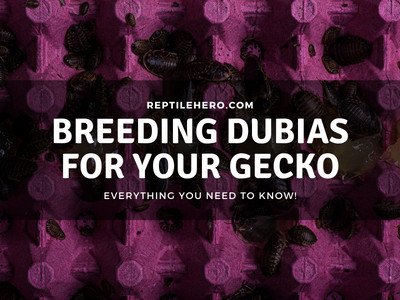
![Can Your Gecko Eat Waxworms? [3 Things You Must Know]](https://www.reptilehero.com/wp-content/uploads/2021/06/Can-gecko-eat-waxworm-infographic-768x614.jpg)

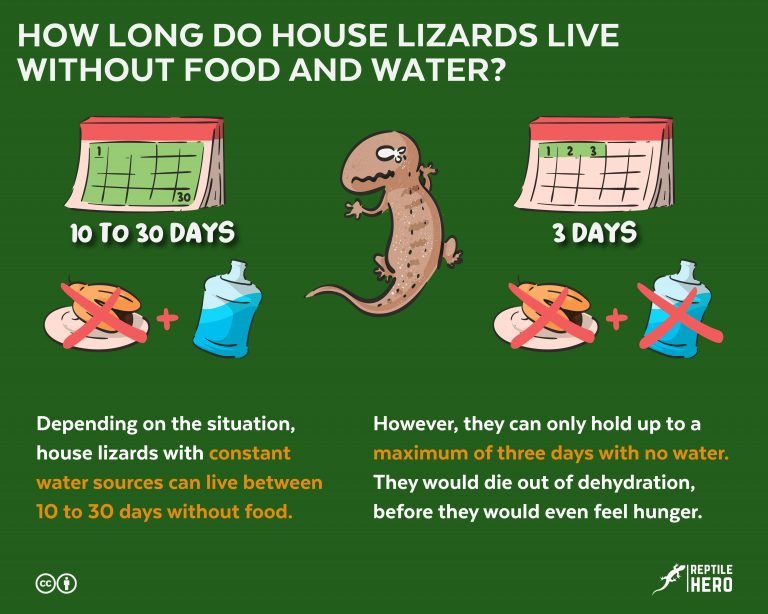
![Picky Eater Leopard Geckos – How To Feed it [8 Solutions]](https://www.reptilehero.com/wp-content/uploads/2021/12/picky-eater-gecko-cc-768x614.jpg)
